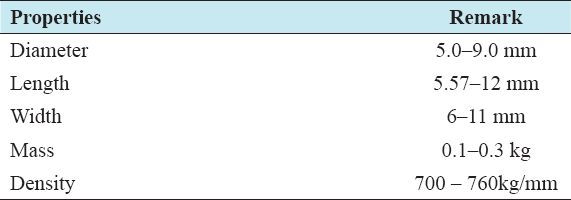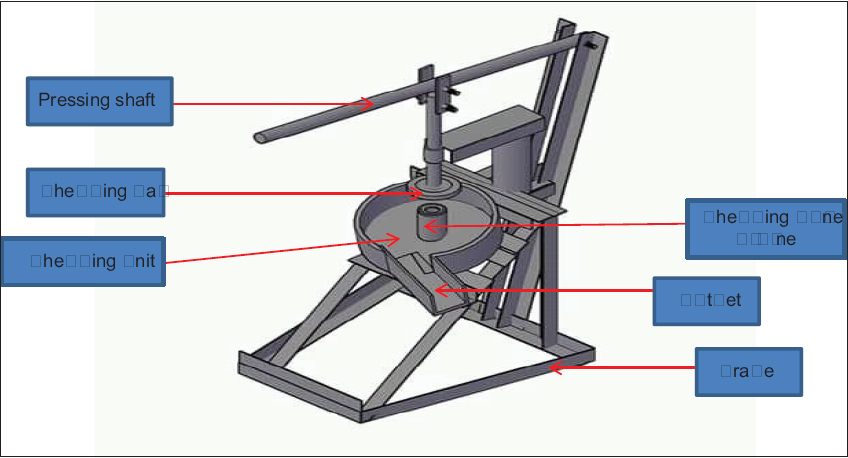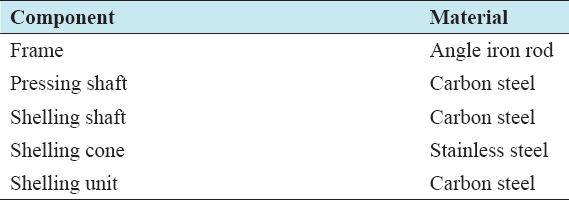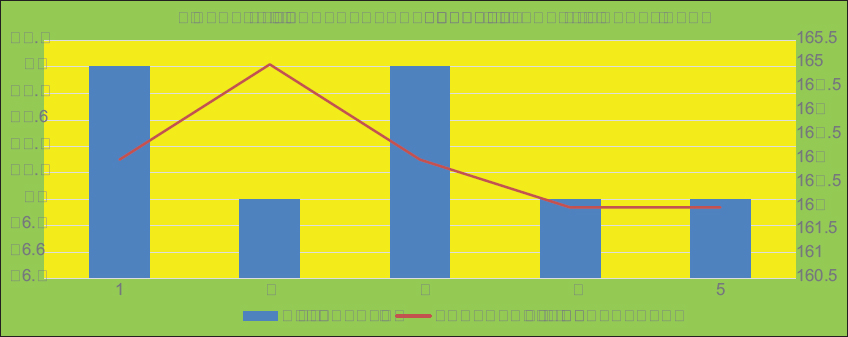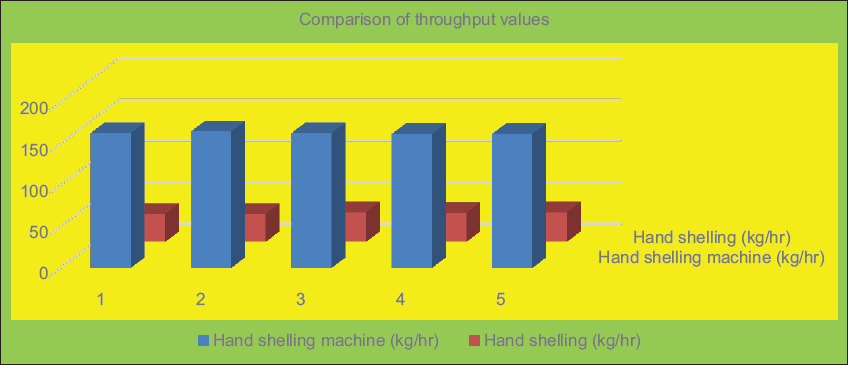INTRODUCTION
Maize (Zea mays) is one of the most important cereal crop grown in the world, it belongs to a grass family (Gramineae) and originated from Mexico and South America. In Nigeria, it is the most important cereal crop after sorghum and millet[1>] and this crop is grown as one of the efficient species domesticated by man.[2>] The period between planting and harvesting of maize depends on variety, but in general, the crop physiologically mature 7–8 weeks after flowering, at that time the kernel contains 35–40% moisture and has maximum content of dry matter.[3>] Table 1 below shows some physical parameters of maize processed corn is used in manufacturing of many products ranging from breakfast foods, corn meal flower and grits, starch, corn syrup, corn-oil, spirits, acetone, chemical, absorbent, seed, and silage. The demand in maize in Nigeria is been fuelled by the continuous grown been witnessed in the poultry and beverage sectors where they are used as raw materials, as animal feeds and human consumption.[4>] Maize is a stable food crop for most very sub-saharan Africans of which Nigeria is inclusive with per capital kg year of 40.[4>] A large quantity of maize is needed to meet the need of the agro-allied industries in providing the afore-stated items for the use and survival of humanity. It is because of the importance of maize that it is processing and preservation to an optimum level must be analyzed. The major step involved in the processing of maize includes harvesting, drying, dehusking, shelling, storing, and milling. For rural farmer to minimize their profit from their maize, appropriate technology that suites their need must be used. The processing of agricultural product like maize into quality form not only prolongs the useful life these but also increases the net profit of the farmers make from mechanization technologies.
Table 1: zPhysical parameters of maize grain
Maize Shelling
Maize shelling is the separation of maize grain from the cobs by initial impact or rubbing against a material. The difficulty of the process depends on the varieties grown, the moisture content, and the degree of maturity of the crop.[4>] Maize shelling is difficult at a moisture level above 25% with the moisture content, grain stripping efficiency is very poor with the high operational energy and causing mechanical damage to the seed. The high cost of tractor operated maize sheller has made it unbearable for the use of peasant farmer for their maize processing, instead, traditional methods were used with time consuming and high energy requiring demand.
Maize is shelled traditionally by hand; this is done by rubbing the maize against each other until the grains are removed from the cob. However, this traditional method of shelling is highly tedious, inefficient, and time consuming with low productivity as workers can only shell view kilometer per hour.[4>] However, the modern way of shelling is by the use of mechanical means,[5>] observed that manual shelled maize is time consuming and tedious and few existing mechanized sheller are imported and out of reach to small peasant farmers that are characterized by low income and small farm holding.

